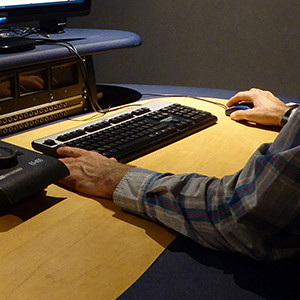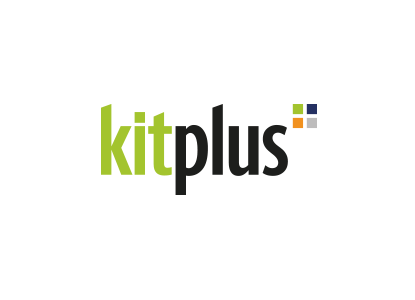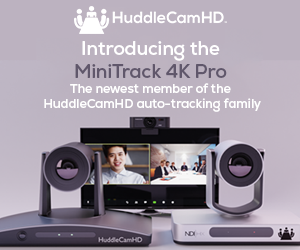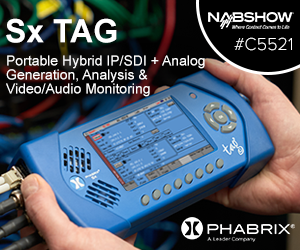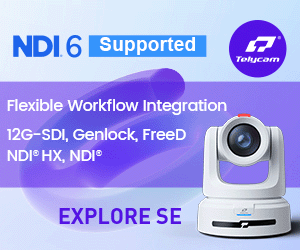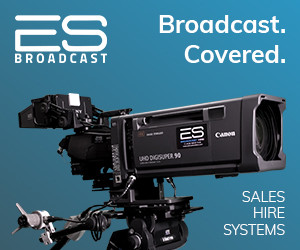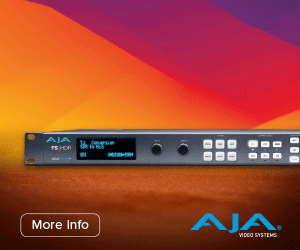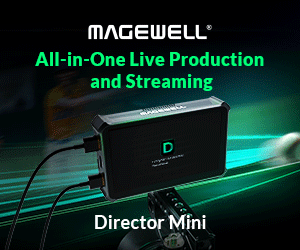The transition from tape-based to file-based video and audio recording allowed a completely new approach to the business of checking that programmes and interstitials conform to broad-cast industry standards prior to transmission. The Vidcheck team designed the world\'s first au-tomated broadcast quality control product. We have been working on file-based content analy-sis and repair since 2003 and are probably the most experienced and innovative team active in this area. Our flagship solution is Vidchecker. The following short article addresses some of the questions most commonly fielded by potential customers.
Traditional test and measurement works fine. Why change from that?
Traditional test and measurement still has its place in the area of hardware integration and maintenance. Our focus is on the endless task of checking content by viewing programmes in full or in part during ingest, after postproduction and during playout.
The human viewing process was, and in many organisations still is, often compromised by be-ing selective rather than total: typically 30 seconds or so viewed at the start, another 30 in the middle and a final short sequence near the closing credits. This patchy attempt at quality con-trol can be replaced, or at very least augmented, by a much more efficient process of quality assurance: automated inspection of file-based video and audio content. A further benefit is that this process can also perform intelligent correction.
Our approach to automated quality control eliminates the inherent limitations of random visual checks. Every frame of video is inspected, from start to finish, plus the entire sound track and even the metadata. Creatives are thus able to focus on editorial and production issues more appropriate to their human skills.
What tests does Vidchecker perform?
Vidchecker checks all vital aspects of video and audio files. These include file syntax and basic parameters such as codec types and frame rates, video and audio levels, video blockiness, dropouts, audio clipping and the presence of elements such as colour bars and black sequenc-es that should not (or in some cases should) be present. Vidchecker also searches for many file errors which are not actually visible but can be crucial. Examples include GOP structure, bit rate and video profile/level.
Having found issues, can Vidchecker repair them?
Yes. Vidchecker and Vidchecker-post have at their core the ability to detect and correct video and audio levels. Additional fix options that can be added:
The Transcode option takes mezzanine file formats and allows the user to define a common format based on one standard. It is possible to set the codec and wrapper as well as video bi-trate, frame size, aspect ratio, audio channel configuration, audio bitrate, bit depth and sample rate. This transcode also fixes the file syntax which is a common problem in modern file deliv-ery workflows.
The Layout option allows templates to be configured that automatically add black and bars to predefined points within a file. This could be for commercial insertion etc.
Our patented correction for photosensitive epilepsy luminance flashing (Ofcom/ITU1702) can be added. This is ideal for fast turnaround news content where speed is vital.
Can Vidchecker be set to conform to regional standards?
Yes, notably CALM/ATSC in the USA, EBU R128 in Europe, and specific national standards as they arise. Standards are subject to development. Development of our product range is there-fore ongoing with upgrades free to all Vidcheck licence holders.
What file formats are supported?
Essentially every file type and container currently in common use.
When Vidchecker performs correction, does it change the original file?
No. The original input file is always left in its original condition. If a corrected file is produced by Vidchecker this is a new file with a different filename. This is typically the original filename plus \'corr\' with the date and time, although other suffixes can be added.
What is distinctive about Vidcheck products?
The main differences with Vidchecker are:
Faster processing. Up to five times faster than competing products), without using GPUs. Un-like third-party products, Vidchecker does not require files to be copied locally.
Auto correction. Vidchecker can optionally correct the common video and audio problems and write out a fully corrected file, re-encoded if required.
Easier to use. Vidchecker is designed for operation by people who are new to file-based QC, which is most users.
For example, some competing products show all instances of an error even if the same error occurs in most frames of a movie with 100,000 frames. You can see all the errors with Vid-checker if you wish but it is normally limited to show (for example) only the details of the first 10 instances of an error plus a count of how many more errors of the same type there are. In-stead of a massive list, Vidchecker gives a report just 1/2 page long - and any other critical error is easily seen.
How do I install Vidcheck products on my system?
They are an easy click-through Windows installation. Vidchecker and Vidchecker-post have a comprehensive, well documented API. Customers who have integrated Vidchecker have told us that the integration time is typically three times faster with our products than competing prod-ucts. There are no special hardware requirements (no need for GPUs). Vidchecker can easily be moved to different servers or can by run in virtual environments such as Amazon Web Ser-vices.
What is new from Vidchecker
A lot. Come and talk to us on stand 8.A30 at IBC2016.
* Thomas Dove is CEO of Vidcheck. He developed the first product for automatic quality con-trol of file-based content in 2003 and in 2010 founded Vidcheck which supplies auto QC solu-tions for file-based digital content to many of the world\'s top broadcast media companies.





